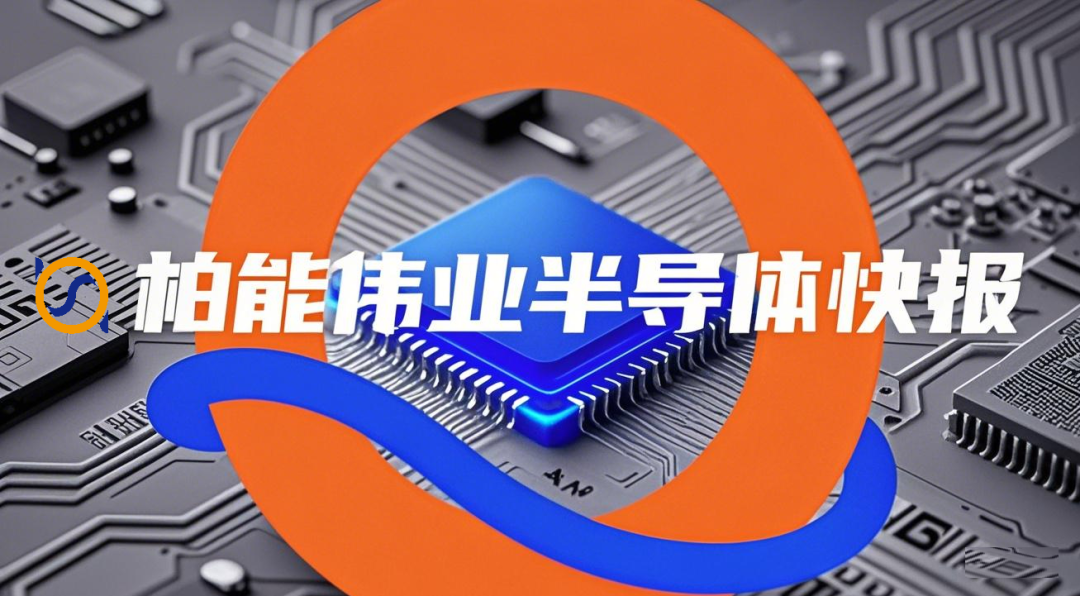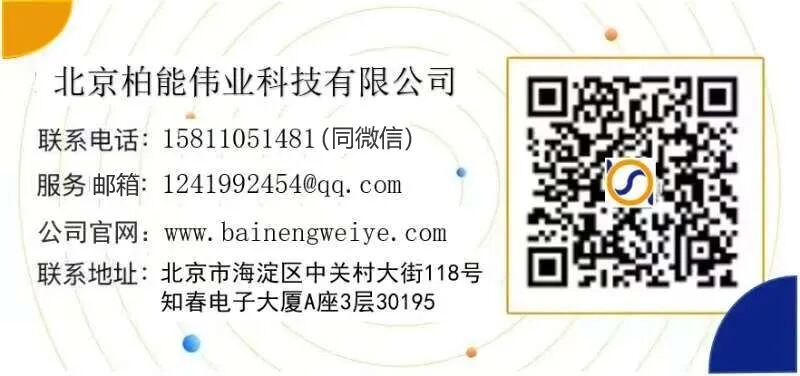Beijing Bairun Weiye Technology Co., Ltd., dedicated to the sales service of original ICs and peripheral components from international brands, has over 10 years of experience in electronic component distribution, specializing in the distribution of world-renowned ICs, with products widely used in military and civilian electronic brand fields. The company has rich sales experience. The company survives on reputation and conducts business with integrity, ensuring the authenticity of the inventory information published, and all products are brand new in original packaging from manufacturers.
Industry Overview: Tariff Clouds and AI Boom Intertwined
In April 2025, the global chip and semiconductor industry continues to move forward amidst complex geopolitical and technological changes. The new round of tariff policies from the United States and subsequent adjustments have become the focus of market attention, bringing new uncertainties to the global supply chain.
Although some products have received exemptions, the possibility of imposing high tariffs on semiconductors and related equipment still exists, raising widespread concerns among industry participants, including those in the United States and Europe. Industry insiders warn that the new tariffs could lead to annual losses exceeding $1 billion for U.S. semiconductor equipment manufacturers and may backfire on the U.S. industry itself. Meanwhile, the ongoing heat of artificial intelligence (AI) continues to inject strong momentum into the industry, with high demand for related chips, but it also intensifies competition among leading companies.
Technological Frontiers: Continuous Evolution of AI, Photonics, and Chiplets
The AI chip sector remains the core battleground of technological competition. Although Nvidia continues to maintain its leading position, it also faces increasingly fierce competition and geopolitical challenges. Major manufacturers are launching new AI chip solutions, striving to carve out a share in the rapidly growing market. For example, the Chinese company Cambricon reported impressive performance in the first quarter of 2025, with significant growth in revenue and profit, demonstrating the explosive demand for AI computing power.
Photonics chip technology also made noteworthy progress in April. Researchers are continuously exploring the use of photonics for computation and data transmission, aiming to break through the performance bottlenecks of traditional electronic chips. Reports indicate that new research results suggest that photonics chips have enormous potential in future high-speed communication and computing fields, although large-scale commercialization still requires time.
Chiplet technology, as an advanced packaging method, is gaining increasing favor among manufacturers. By integrating small chips (Chiplets) with different functions, high-performance processors can be constructed more flexibly and economically. Intel highlighted its advanced packaging technology at its foundry conference, while mainland China is also actively promoting the establishment of Chiplet-related standards and industrial ecosystems, as evidenced by recent technical seminars held in the Guangdong-Hong Kong-Macao Greater Bay Area, indicating that this technological route has become an important direction for industry development.
Major Players: Investment, Expansion, and Strategic Adjustments
Nvidia: The company continues to dominate the AI chip market but is also affected by the tense U.S.-China trade relations. The tightening of U.S. export restrictions to China has forced Nvidia to adjust its product strategy. Recent news about CEO Jensen Huang’s visit to China has also attracted market attention, highlighting the importance of the Chinese market and the complex impact of geopolitics on the company’s operations.
TSMC: As the world’s largest foundry, TSMC’s movements are closely watched. At the end of April, construction officially began on its third wafer fab in Arizona, USA, which plans to provide advanced process capacities such as N2 (2nm) and A16 (1.6nm), marking a key step in its large-scale investment plan in the U.S. However, TSMC also faces the threat of potential high tariffs from the U.S., with the Trump administration previously indicating that tariffs could be as high as 32% or even 100%, putting immense pressure on its global layout. Additionally, TSMC announced its next-generation A14 (1.4nm) process technology at a North American technology forum, continuing to solidify its technological leadership.
Intel: Intel is vigorously advancing its IDM 2.0 strategy, aimed at revitalizing its manufacturing capabilities and expanding its foundry business. At a recent foundry conference, Intel announced that its 18A (1.8nm) process node will achieve mass production by the end of 2025 and unveiled a more advanced roadmap, including 14A. The company emphasized that it has invested $90 billion in R&D and capacity expansion over the past four years. Additionally, Intel announced the sale of 51% of its FPGA business Altera to Silver Lake Partners to focus more on its core business.
Regional Focus: Policy Drivers and Market Performance
United States: The U.S. government continues to promote domestic manufacturing through the CHIPS Act, with TSMC, Samsung, and others establishing factories in the U.S. as significant achievements. However, its tariff policies have raised widespread concerns both domestically and internationally. On one hand, high tariffs may harm U.S. tech companies that rely on global supply chains; on the other hand, national security investigations into semiconductor imports have sown the seeds for future trade frictions. Organizations like the Semiconductor Industry Association (SIA) continue to lobby for reducing the negative impact of tariffs on the industry.
Mainland China: Facing external pressures, the semiconductor industry in mainland China seeks breakthroughs amid challenges. In the first quarter of 2025, some domestic companies, such as Cambricon and Haiguang Information, performed outstandingly in the AI and server chip sectors, while domestic equipment manufacturers like North Huachuang also achieved significant growth. The China Semiconductor Industry Association issued an urgent notice regarding the recognition of “country of origin” to address potential tariff barriers. Overall, domestic substitution and self-control remain core themes, with policy support and market demand jointly driving the development of the domestic industrial chain.
Europe: The European semiconductor industry also faces challenges. Giants like STMicroelectronics and Infineon have reported pressure on their performance and announced layoff plans, partly due to weak demand in the automotive and industrial markets and their failure to fully seize the AI chip opportunities. Although the EU’s CHIPS Act has been implemented, its effectiveness has been criticized as limited, and the industry is calling for a CHIPS Act 2.0 to strengthen support. Meanwhile, European manufacturers are also concerned about potential U.S. tariffs, believing this will add further pressure to an already strained European chip industry. However, companies like BASF are still expanding semiconductor material production in Europe, showing confidence in the long-term potential of the local market.
Conclusion
As of early May 2025, the global chip and semiconductor industry stands at a crossroads filled with uncertainties. The tense geopolitical situation, especially the U.S. tariff policies, casts a shadow over the global supply chain.
However, the wave of technological innovation represented by AI continues to surge forward, driving market demand and technological iteration. Major companies are actively investing in expansion while continuously adjusting their strategies to adapt to the changing environment.
In the coming months, the industry will continue to navigate the challenges posed by policy games, technological breakthroughs, and market fluctuations.
References (Partial):
- Sina Finance: TSMC Arizona Third Wafer Fab Construction (2025-04-30)
- BBC News Chinese: Trump Tariffs: TSMC’s $100 Billion Investment Faces 32% High Tariff in the U.S. (2025-04-07)
- Intel Newsroom: Intel Announces Strategic Investment in Altera by Silver Lake (2025-04-14)
- Sina Finance: Industry Insiders Warn New Tariffs Could Cost U.S. Semiconductor Manufacturers $1 Billion Annually (2025-04-16)
- East Money: First Quarter Performance Overall Positive, Chinese Semiconductors “Tear Open a Crack” Amid Lockdowns (2025-04-30)
- Southern Finance: European Chip Manufacturers in Tariff Vortex Warn of Tax Storm (2025-04-15)
- Other news reports (Sohu, Tencent News, Science and Technology Daily, etc.)
